Tanssi Networks Overview¶
Introduction¶
Networks deployed through Tanssi receive many benefits, like block production as a service, data retrievability as a service, and security through an external security providers such as Symbiotic on Ethereum.
Also, because Tanssi-powered networks are based on a modular tech stack, they profit from unique advantages when customizations are required at a runtime level. This modularity allows developers to add functionality directly into the runtime or extend the capabilities of the EVM itself via precompiled contracts.
For example, Tanssi provides a ready-to-use template that includes Frontier modules, enabling the effortless deployment of an EVM-compatible networks, similar to Moonbeam.
This section covers the fundamentals of a Tanssi network, its architecture, its core modules and functionalities, and the transaction fee mechanism.
General Architecture¶
As previously discussed, networks deployed through Tanssi are customizable blockchains that, among other features, receive block production as a service and inherit security with deterministic block finality within seconds from an external security provider.
Tanssi-powered networks are fully decentralized networks. The decentralized nature of the networks considerably increases their resilience and fault tolerance since they don't rely on a single authority or entity to ensure their liveness, security, and performance but on trustless, decentralized protocols. For example, they receive block production services from a decentralized and incentivized set of sequencers managed by Tanssi.
The Tanssi protocol runs with an external security provider, which has a set of operators (also called validators) with assets at stake, validating the transactions from the Tanssi network itself and all of the networks deployed through Tanssi. This way, all Tanssi-powered networks inherit the economic security derived from the Tanssi protocol and, indirectly, from the operators, which verify every transaction from every network. Tanssi networks don't need to run their own operator set nor bootstrap liquidity to secure their protocol.
Tanssi networks also benefit from a set of Data-Preservers, with full archive nodes, ensuring the data availability layer availability. These data-preservers are incentivized through Tanssi's data retrieval services and also provide the RPC infrastructure for apps and users interacting with Tanssi networks.
flowchart TB
networks["Tanssi Networks<br/>(Decentralized Networks)"]
subgraph tanssi["Tanssi Protocol"]
direction TB
sequencers["Decentralized Sequencers Set"]
node["Full Archive Nodes with<br/>RPC Services"]
end
security["External Security Provider<br/>Operators"]
networks<--Block Production-->tanssi
networks<--Shared Security Model-->tanssi
networks<--Data Availability<br/>RPC endpoints-->tanssi
tanssi<--Transactions<br/>Validation and Finality-->securityNetwork Transaction Flow¶
A transaction submitted to a Tanssi-powered network follows a complex yet seamless path from submission to block inclusion and finalization. The network infrastructure, Tanssi, and the chosen security provider work together at different levels to ensure the process happens as quickly as possible, usually taking around 30 seconds. Remember that a transaction in a Tanssi network reaches deterministic finality. Consequently, once the transaction is final, it becomes irreversible and unchangeable, and the state transition resulting from executing that transaction is final.
For example, a user initiates a transaction when interacting via an application deployed to a Tanssi-powered network. The RPC provider will share the transaction, which sits in the chain's transaction pool, with all network participants. A sequencer assigned by Tanssi to that network will eventually pick up the transaction and include it in the next network block.
Then, the sequencer will share with the security provider's operators:
- The block itself with the state transitions
- The storage components in the Tanssi network database that the block is modifying
- The necessary hashes of the unaffected points in the Merkle tree of the storage
These components constitute the proof of validity (PoV).
Next, the PoV is verified by the security provider's operators. Note that the operators do not check that the Tanssi network storage is valid but that the state transitions that affect it are. A summary of that verification is then gossiped to other operators so they can verify it and include it in the next Tanssi block. Lastly, that Tanssi block with all the networks' verifications is finalized.
The transaction flow process is summarized in the following diagram:

| Created: December 16, 2023